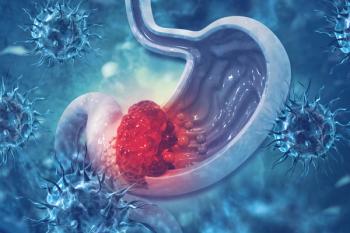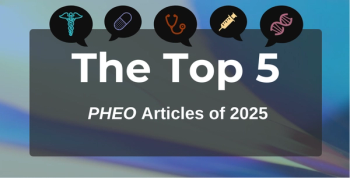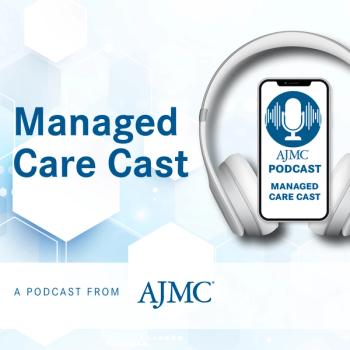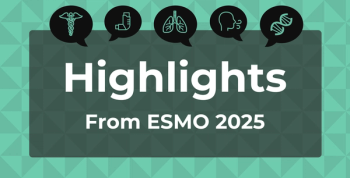
Reductions in Funding for HIV Prevention Services Could Jeopardize Epidemic Control: Patrick Sullivan, DVM, PhD
Several actions taken by the current administration may affect the landscape of prevention of HIV, prompting an analysis of these effects.
Patrick Sullivan, DVM, PhD, an infectious disease epidemiologist and professor of epidemiology at Emory University in Atlanta, Georgia, spoke about the recent moves by the Trump administration regarding funding cuts to HIV prevention. His
This transcript has been lightly edited for clarity; captions are auto-generated.
Transcript
What have been the biggest challenges to funding to HIV that have come in the Trump administration?
In the past, we've really had a system of funding for HIV prevention that addressed multiple things that need to happen. It's important to say that we have a shared goal that was really articulated by the previous Trump White House of ending the HIV epidemic. That is a wonderful, important, shared, common goal that we've been making progress on. But I think that the layers here of concern are really around all the pieces that need to be in place to make that happen. That is the activities of the CDC Division of HIV/AIDS Prevention. That is things like Ryan White programs. That is the Ending the HIV Epidemic set of grants that were going to highly impacted areas to do that work of HIV prevention in local settings. I think one of the things really to pay attention to is the possibility that, under the White House [fiscal year] 2026 proposal, and in the House Appropriations bills, there are serious cuts to CDC's Division of HIV/AIDS Prevention. In fact, the House Appropriations bill would end the CDC Division of HIV/AIDS Prevention.
That's part of what we really get to in the analysis that we want to talk more about today is just that HIV prevention is remarkably more efficient in terms of health—the goal is to improve health—but even if you have an economic lens, HIV prevention is remarkably more efficient than allowing HIV infections to occur and then treating them later on. Prevention is cheaper than treatment. There are multiple threads here going on. There's, as I said, the proposal to reduce HIV prevention in the White House bill, the House Appropriations bill, which zeroes it out. But then there's also sort of pulling back of funding from NIH [National Institutes of Health], and this is some really important long-term work around HIV vaccine, HIV cure, that are long-term investments but with huge longer-term payoffs. All those things coming together just create concern that the progress that we've made with year over year, new HIV infections in the US coming down, coming down, coming down. The question that we really wanted to address in this research was, what are the implications for that trend—that sort of coming down a little bit every year and heading towards ending the HIV epidemic—how is that going to play out if there are these massive cuts in HIV prevention funding?
Newsletter
Stay ahead of policy, cost, and value—subscribe to AJMC for expert insights at the intersection of clinical care and health economics.







































